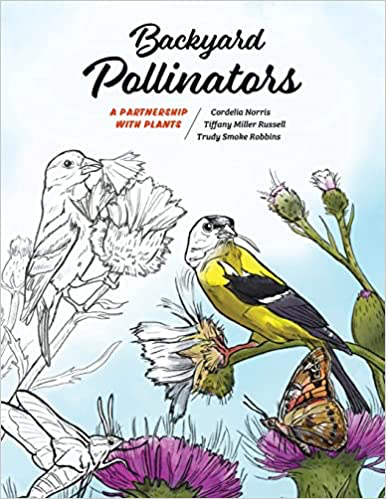 |
| Riverside Park Spring trees in bloom |
Today is Arbor Day—a holiday that celebrates trees and nature. It is celebrated on the last Friday in April in most U.S. states, but in Hawai’i it is celebrated on the first Friday in November and in Alaska on the third Monday in May—the times of year when it is good to plant. So today when we celebrate Arbor Day, we think of trees and the nature lovers who make our gardens, parks, and public spaces beautiful with trees and plantings. So I thought it would be a good day to put “Birds & Trees of Fort Tryon Park” up on the blog. It is a fun coloring book and a tribute to trees and the animals that depend on them, humans included that I illustrated, Leslie Day wrote, Alan Robbins designed and Jennifer Hoffa of Fort Tryon Park financed. Fort Tryon Park coloring book It fits perfectly with the philosophy of Arbor Day, but what do most of us know about Arbor Day itself.
The first Arbor Day was on April 10, 1872 in Nebraska City, Nebraska, so this year is its 150thanniversary. Arbor Day was created by Julius Sterling Morton, who although born in New York City, spent a good part of his life in Nebraska. In 1854, he and his bride, Caroline Joy French, moved there and acquired 160 acres of treeless land. Morton started to plant trees. Over the years he planted thousands of trees on the “ranche” as Morton called the homestead including an apple orchard, fruit trees like the peach, plum, and pear trees as well as cottonwoods, evergreens, beeches, and any other trees that would grow in the area. He began the celebration of nature and trees in 1872. By 1885, Arbor Day had become a legal holiday in Nebraska and by 1892 was a holiday celebrated in just about every state in the U.S. See the attached Alice Cary article for more information on Morton. Alice Cary from Farmer's Almanac article
Morton was a journalist and politician who used his position to make speeches and write articles about the benefits of planting trees and plants. Morton’s commitment to nature led him to become acting governor of the Nebraska Territory from 1858 to 1861. President Grover Cleveland appointed him as U.S. Secretary of Agriculture in 1893. A statue of him is in the National Hall of Fame in Washington, DC. Arbor Lodge, the Morton family home, grew from a small 4-room cottage into a 52-room mansion with acres of plantings and more than 265 varieties of trees and shrubs and is now a state park in Nebraska City that is visited by thousands every year. We can celebrate Arbor Day by planting trees, cleaning up debris around trees in our area, and observing the beauty of trees in the spring time as they burst with blooms and leaves—hope as a tree in bloom.
.









